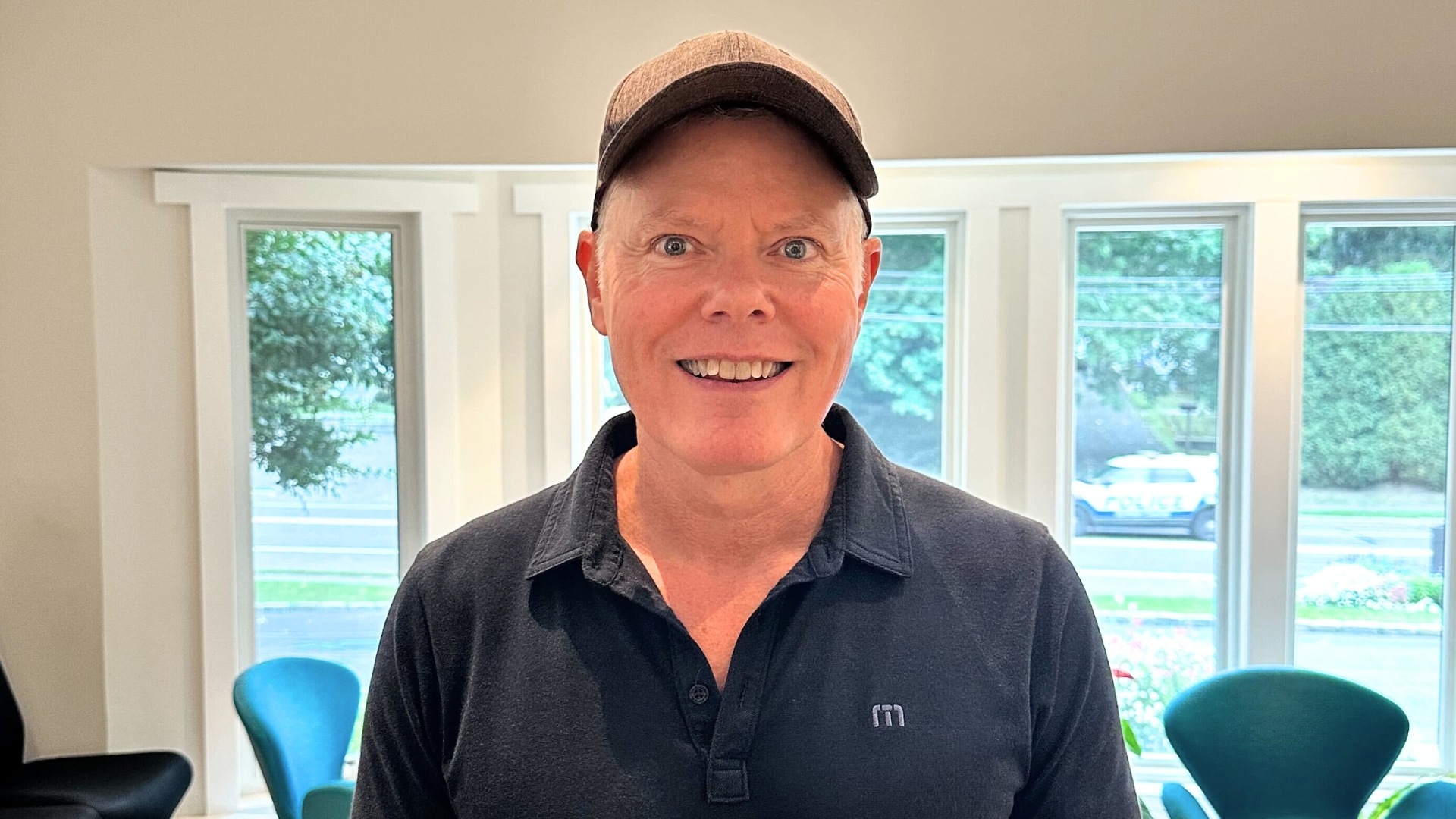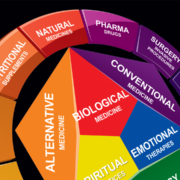Diagnosed with Lyme Disease? Here’s What You Can Do at Home
As any patient diagnosed with Lyme disease will tell you, Lyme disease is difficult to diagnose and even more difficult to treat.
The Great Imitator
With an endless list of symptoms, Lyme disease is often initially misdiagnosed as Alzheimer’s disease, rheumatoid arthritis, lupus, chronic fatigue, fibromyalgia, and MS, to name a few.
As the Lyme disease bacteria is a spirochete, meaning it’s shaped like a corkscrew, it is well equipped to evade the immune system and many treatments. Further, approximately 60% of the vectors carrying Lyme disease, like ticks, also carry co-infections such as Babesia, Bartonella, Ehrlichia, Mycoplasma, and Anaplasma, to name a few.
Treating one infection is hard enough, but multiple co-infections complicate the diagnosis as well as the body’s ability to fight infection.
Managing Lyme symptoms from home
Heather Lowery is a physician assistant at NYCIM and a former Lyme disease patient. Drawing from her own journey with neurological Lyme disease, Heather shares some tips and treatments to address the physical, mental, emotional, and spiritual trials that arise when battling Lyme disease.
According to Heather, Lyme disease is characterized by two steps forward and one step back. And as symptoms subside and then return, it is important to not dwell on them or view them as a defeat. Participating in activities that spark joy and passion can help deal with the emotional roller coaster that is Lyme disease.
Cultivate a spiritual practice
Meditation is an important tool that most of us should be doing, Lyme disease or no Lyme disease, with many great apps and devices available including Muse which helps to teach effective meditation techniques.
There are many breathing practices out there, but one that Heather recommends involves inhaling for 6 seconds, holding for 3, and exhaling for 8 seconds, continuing this pattern for about 5-10 minutes.
To reach a healing parasympathetic state, it helps to imagine breathing in pure, healing light—holding it, allowing the light to resonate—and picture breathing out black dust, like toxins leaving your body.
The road to healing is definitely not linear, it’s going to be filled with ups and downs, but with time, your threshold will change.
– Heather Lowery, PA
Ho’oponopono is another spiritual practice in which we cultivate reconciliation and forgiveness. Literally translated as “correction,” it is used to help create and maintain peace, simplicity, ease, and well-being in one’s body, brain, and soul. Click here for the full description and practice.
The Emotion Freedom Technique (EFT) is a beneficial and relatively easy psycho-emotional therapy for decreasing emotional stress and anxiety. While Low Energy Neurofeedback System (LENS) recalibrates the brain and helps with emotional issues and resetting the circadian rhythm.
About Heather Lowery
Heather Lowery is a highly trained and skilled Physician Assistant who has the rare advantage of being able to speak from the patient’s perspective, having battled chronic Lyme disease and undergone treatment at NYCIM.
Disclaimer: The statements made in this article have not been evaluated by the Food and Drug Administration. Any products or treatments mentioned are not intended to diagnose, treat, cure, or prevent any disease. Please consult a licensed medical practitioner for medical advice.
At Innovative Medicine, we believe in transparency. We want you to know that we may participate in affiliate advertising programs pertaining to products mentioned herein.
See how we can help you restore complete health of body, mind & spirit.
Join our mailing list and receive exclusive offers + information!







Leave a Reply
Want to join the discussion?Feel free to contribute!